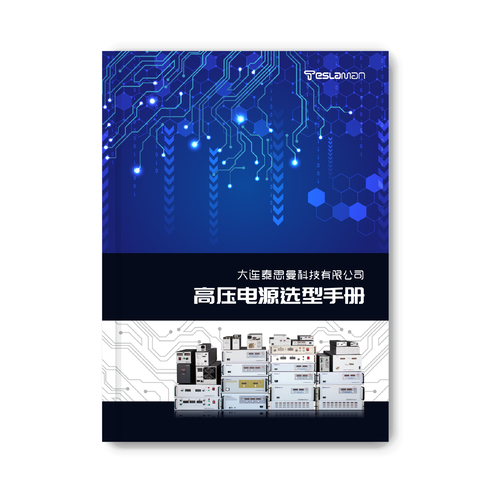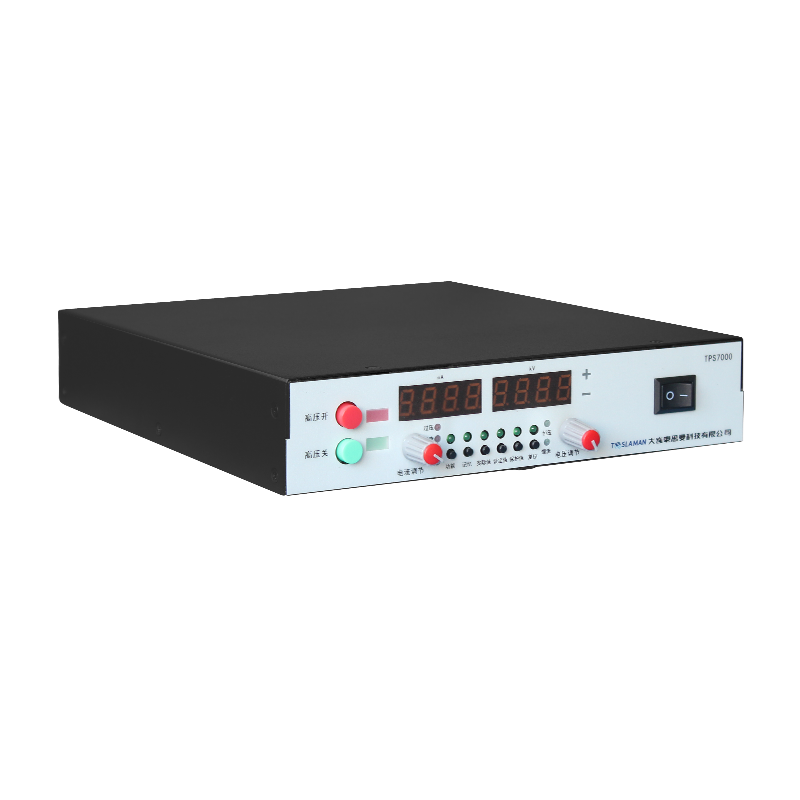Application and Performance Verification of High-Voltage Power Supply Systems in Electric Power Transmission Lines
Abstract:
With the continuous growth of the demand for electrical energy in modern society, electric power transmission lines, as an important infrastructure for energy supply, have increasingly attracted attention for their performance and efficiency. As a key component in electric power transmission, high-voltage power supply systems play a significant role in improving transmission efficiency and reducing energy consumption. This article discusses the application of high-voltage power supply systems in electric power transmission lines from a professional perspective and analyzes their performance verification.
Keywords: High-voltage power supply system; Electric power transmission line; Application; Performance verification
I. Introduction
Electric power transmission lines are an indispensable part of the power system, responsible for transmitting electrical energy from power plants to various regions. In this process, the stability and efficiency of the high-voltage power supply system directly affect the performance of the entire electric power transmission network. Therefore, it is of great practical significance to conduct in-depth research on the application of high-voltage power supply systems in electric power transmission lines and their performance verification.
II. Application of High-Voltage Power Supply Systems in Electric Power Transmission Lines
1. Improving Transmission Efficiency
High-voltage power supply systems improve transmission efficiency by increasing the voltage level of transmission, reducing current density, and thus reducing line losses. This advantage is particularly evident in long-distance transmission. In addition, High-Voltage Direct Current (HVDC) transmission technology has been widely applied due to its unique advantages in long-distance transmission and asynchronous grid interconnection.
2. Enhancing System Stability
High-voltage power supply systems have fast response and regulation capabilities, which can effectively cope with abnormal conditions such as load fluctuations and short-circuit faults in the power grid, ensuring the stable operation of the power system. At the same time, through reasonable configuration and control strategies, the transient stability and dynamic stability of the power system can be further improved.
3. Optimizing Resource Allocation
The application of high-voltage power supply systems helps to optimize the allocation of power resources. By constructing ultra-high voltage transmission lines, abundant clean energy such as hydropower and wind power in the western region can be transmitted to the eastern load centers, promoting the cross-regional allocation and utilization of energy.
III. Performance Verification of High-Voltage Power Supply Systems
1. Experimental Platform Construction
To verify the performance of the high-voltage power supply system, it is necessary to build a corresponding experimental platform. This platform should include high-voltage power supply systems, simulated electric power transmission lines, measurement and control systems, etc. Accurate measurement and real-time control ensure the accuracy and reliability of the experimental results.
2. Performance Testing Methods
Performance testing mainly includes steady-state performance testing and dynamic performance testing. Steady-state performance testing mainly examines indicators such as output voltage stability, current stability, and efficiency of the high-voltage power supply system under different load conditions. Dynamic performance testing focuses on evaluating the system's response speed and recovery ability in the face of sudden disturbances.
3. Analysis of Experimental Results
By organizing and analyzing experimental data, the actual performance of the high-voltage power supply system in electric power transmission lines can be obtained. For example, key parameters such as the fluctuation range of the output voltage, the response time of the system, and the fault recovery rate must meet the predetermined design standards.
IV. Conclusion and Outlook
The application of high-voltage power supply systems in electric power transmission lines has significantly improved transmission efficiency and system stability, providing strong support for the optimal allocation of power resources. In the future, with the continuous advancement of technology and the emergence of innovative applications, high-voltage power supply systems will play an even more important role in the field of electric power transmission. At the same time, for different application scenarios and requirements, it is necessary to further research and develop more efficient and reliable high-voltage power supply system solutions.




















